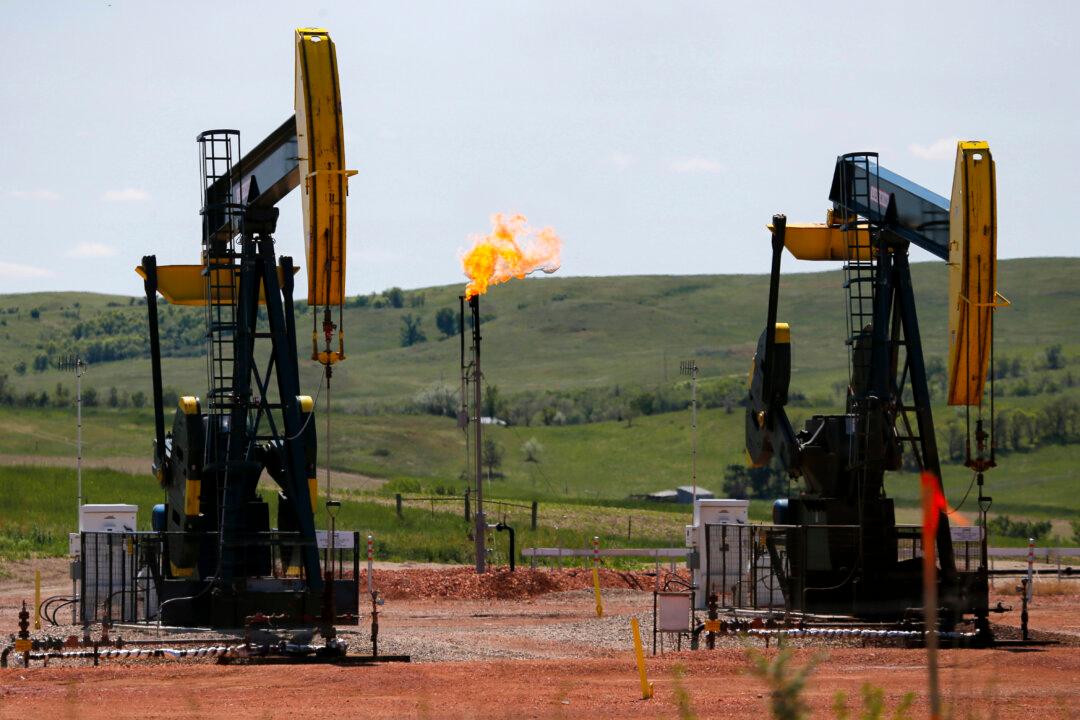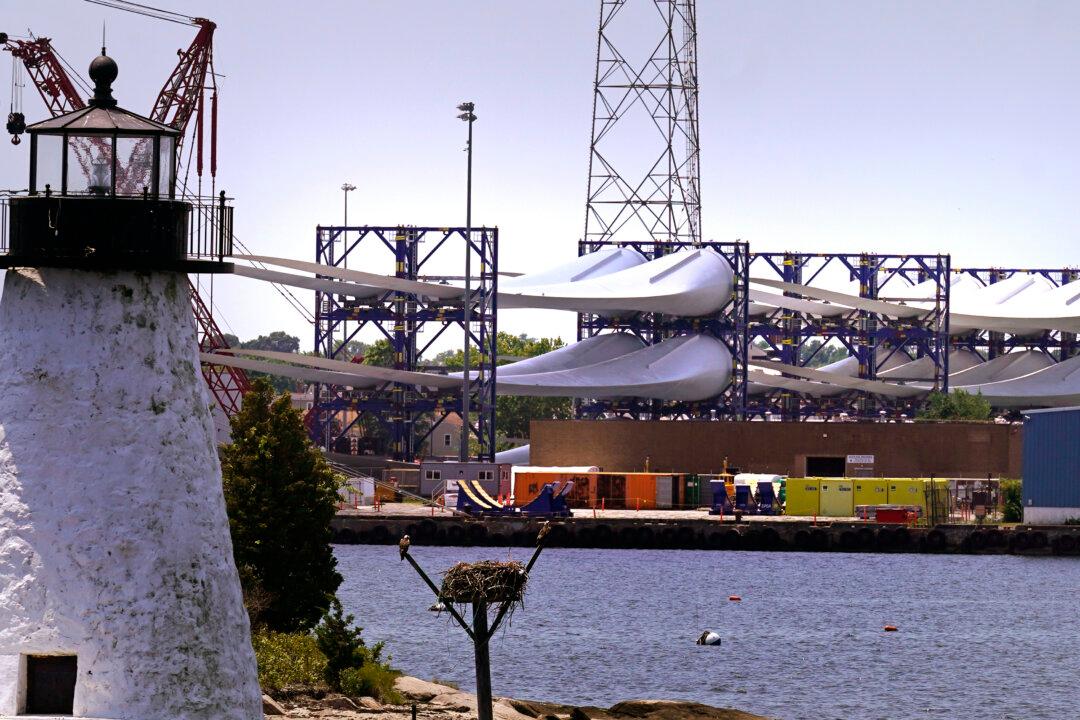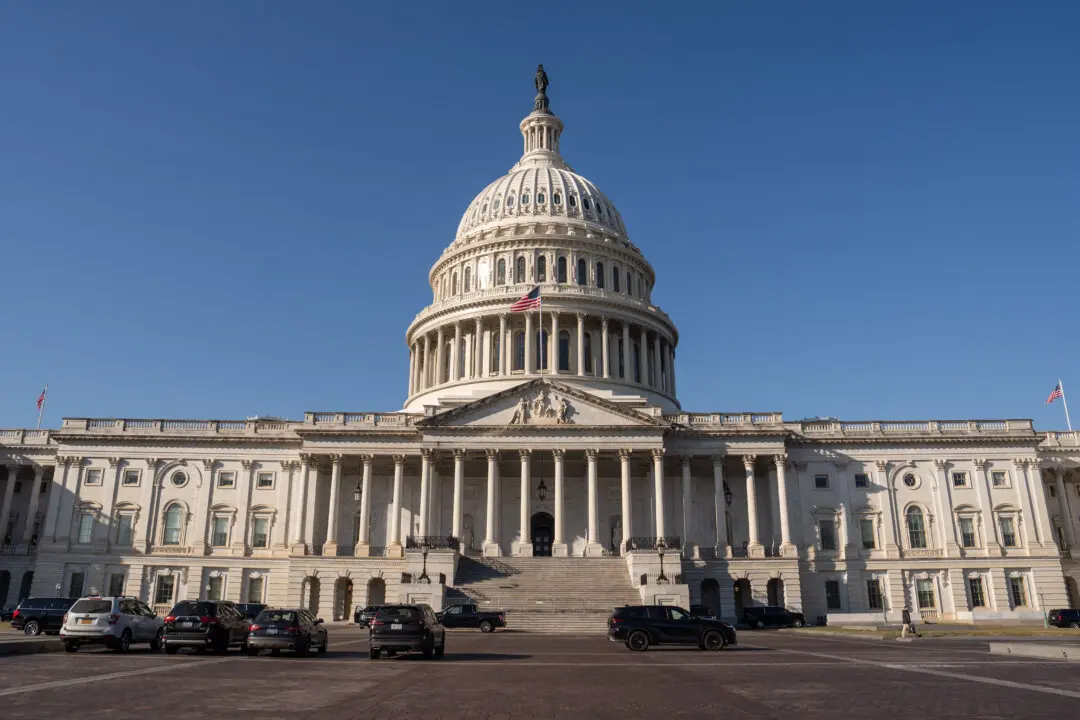President-elect Donald Trump on Dec. 10 pledged to expedite permitting and trim environmental reviews for investors financing large-scale job-creating and power-generating projects.
“Any person or company investing One Billion Dollars, Or More, in the United States of America, will receive fully expedited approvals and permits, including, but in no way limited to, all Environmental approvals. Get Ready to Rock!!!” Trump wrote in a mid-afternoon post on Truth Social.





